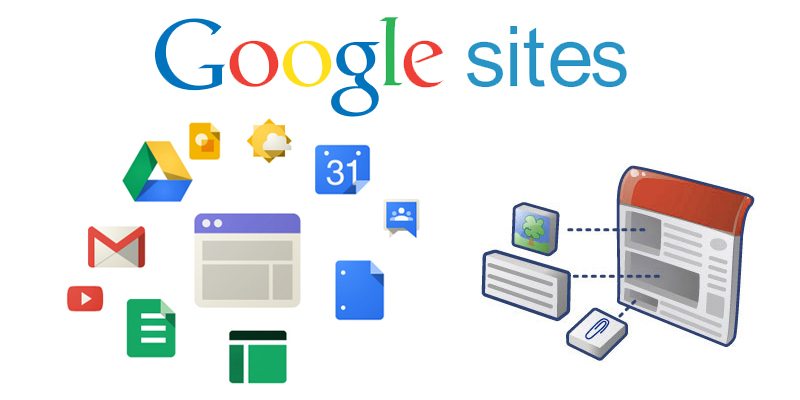As we aim to broaden our students knowledge of the world, connections and communication becomes more important. Teaching through Web 2.0 allows students to communicate with others, instead of just a one directionally path with no authentic audience input (Hew & Cheung, 2012, p.48). Collaborative approaches to learning are key to helping students construct knowledge together.
In my classroom, I have used a number of Web 2.0 and social media tools to support learning:
Edmodo
Edmodo is like Facebook for education but fits the needs of my students who are under age 13 (age requirement of Facebook). It can be used a general discussion board to ask questions and share resources both during the school day and after hours. As a teacher, I can post polls and also reward students with badges for their efforts. It also provides a great platform for some important digital citizenship conversations such as appropriate online communication, what to reveal about yourself, the difference between professional and personal communication, who to connect with, avatars and profiles and online image.
Available at: https://www.edmodo.com
Skype is often an under used resource. Skype allows you to make video calls to another around the world. Last year, our class did a number of Mystery Skype calls with other classrooms to develop our geography and problem solving skills. We also sang Chinese songs with another school for Chinese New Year, wrote poems together and played math games against other classes.
Available at: http://www.skype.com/
Blogger
In Year 4, students create cultural blogs to explore their identities. As an international school, the students can find this task challenges with many being third-culture children. The blogs allows them the experiences of writing different posts to explore aspects of their identities and follow the journeys of their classmates and interacting with each other through the commenting features.
Available from: www.blogger.com

e-Portfolios (Google Sites)
All students at our school have e-Portfolios from K1- Year 6. This is a great way for students to reflect on their learning and select pieces of work they wish to share. Students share these portfolios with parents, teachers and other students. Together it opens the lines of communication in person and through the comments. It really helps students to know we are all working to help them grow and learning with constructive feedback and encouragement.
Available at: https://www.google.com/sites/overview.html

As a teacher, I use Twitter to connect globally with other educators. It is a great way to have short discussions while also getting ideas and resources. With the options of both private and public messages, I can easily communicate with the many educators I have met online.
Available at: https://www.twitter.com

Image from: https://g.twimg.com/Twitter_logo_blue.png
Introducing Social Media to Elementary Students
A Guidebook for Social Media in the Classroom
References
Hew, K.F. & Cheung, W.S. (2012). Use of Web 2.0 Technologies in K-12 and Higher Education: The Search for Evidence-based Practice, Educational Research Review. doi: http://dx.doi.org/10.1016/j.edurev.2012.08.001

No comments:
Post a Comment